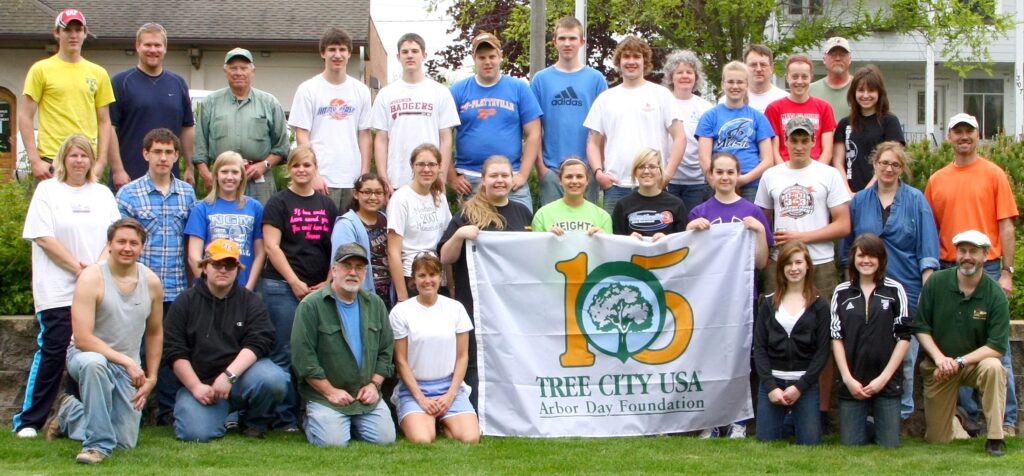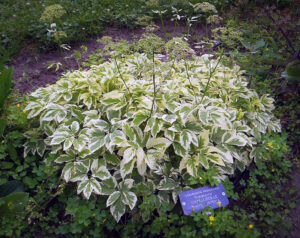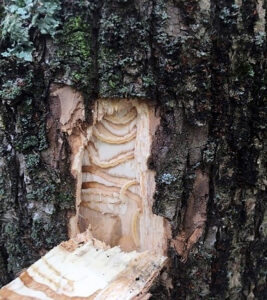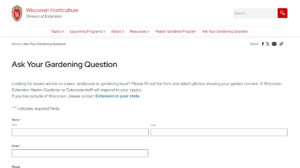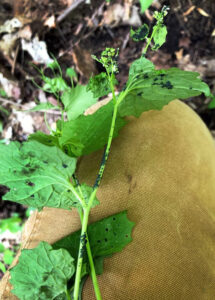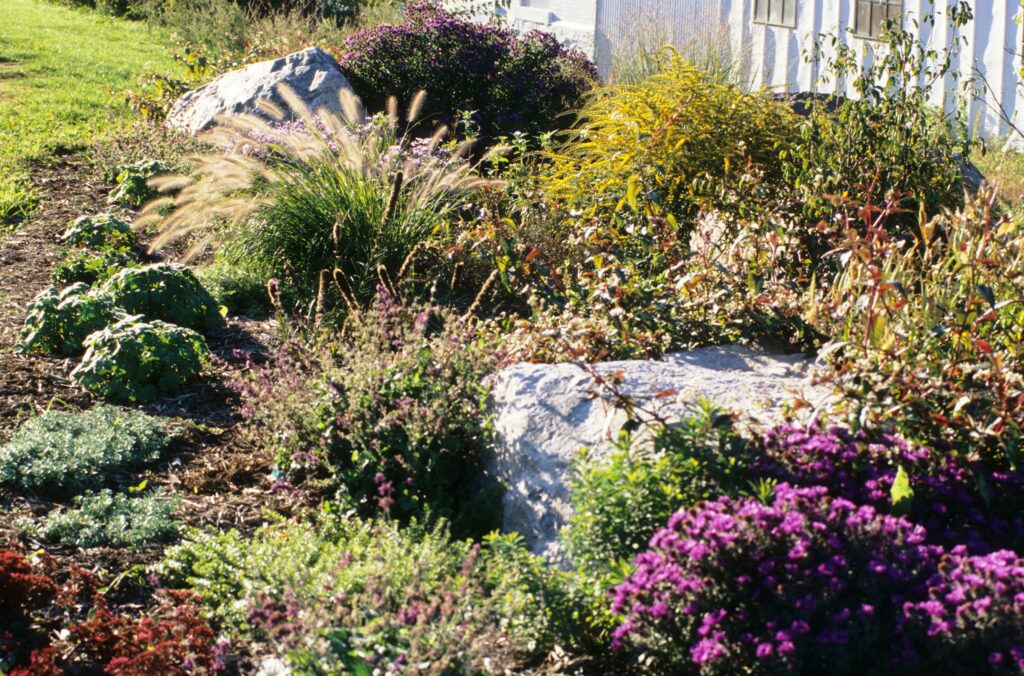By Erika Segerson-Mueller, DNR invasive plant program specialist, Oshkosh;
Erika.SegersonMueller@wisconsin.gov or 715-492-0391

The white milky sap of spurge plants, sometimes called “wolf’s milk,” can be toxic to cattle and irritating to human skin. / Photo Credit: Norman E. Rees, USDA Agricultural Research Service Retired, Bugwood.org
Managing invasive plant species can really be a pain. When the plants you are targeting can potentially harm human health, that pain can become quite literal.
Leafy spurge (Euphorbia esula) and Cypress spurge (Euphorbia cyparissias) are restricted invasive plants under Wisconsin’s Invasive Species Rule NR40. Aside from their tendency to spread aggressively and displace native species, both plants contain a white milky sap that can cause skin irritation in some humans and is potentially toxic to cattle and horses. Continue reading “The Scourge Of Spurge, Both Cypress And Leafy”

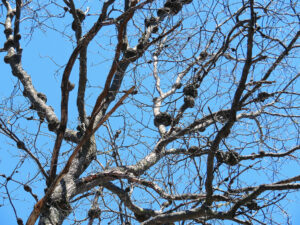
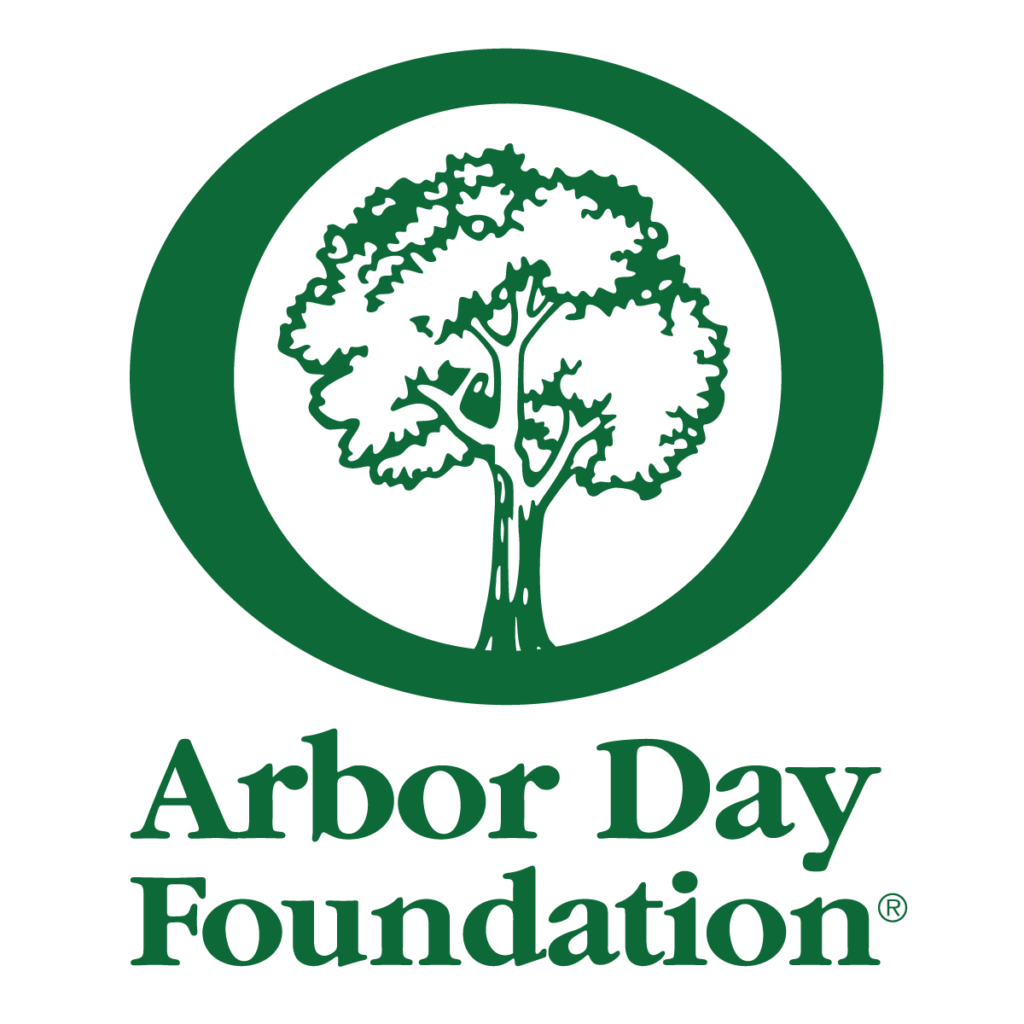 For the last few years, our urban forestry team has been writing social media posts for Wisconsin communities to post during Arbor Week. We encourage you to use social media to celebrate the many benefits of trees and inform the public about the importance of tree care.
For the last few years, our urban forestry team has been writing social media posts for Wisconsin communities to post during Arbor Week. We encourage you to use social media to celebrate the many benefits of trees and inform the public about the importance of tree care.